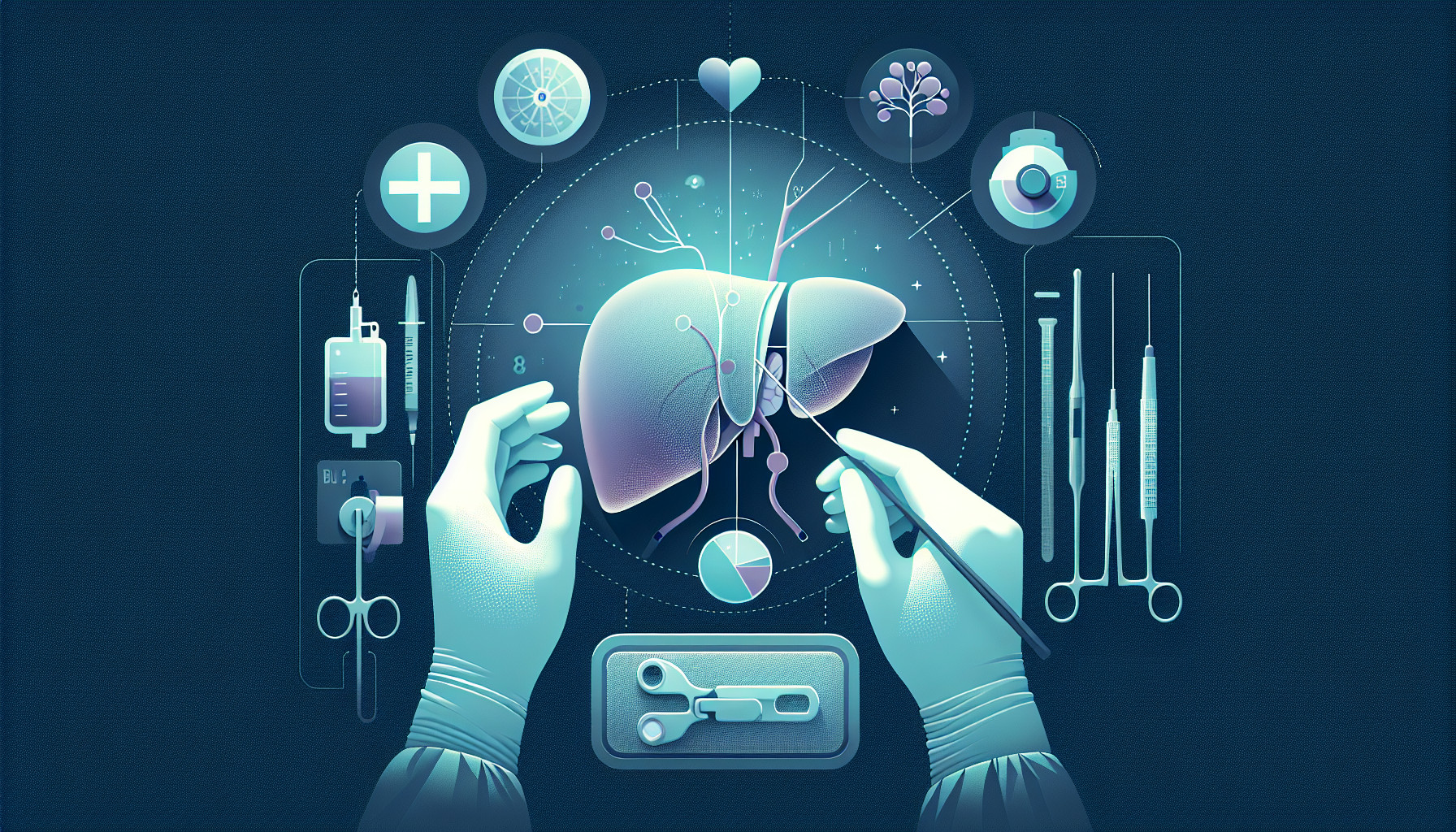Our Summary
This research paper is about the changes and advancements in the field of liver transplantation (LT) over the past decade. It discusses how the reasons for performing LTs have broadened, including treating patients with acute-on-chronic liver failure and the growth of transplant oncology, which is the treatment of cancer with transplants. It also talks about the use of donations after cardiac death, new surgical techniques, and how the patients waiting for a transplant are prioritized.
The paper also mentions the impact of organ perfusion machines, which keep organs healthy outside of the body before transplantation. It highlights the recognition of new types of organ rejection and the focus on transitioning care from pediatric to adult patients.
The purpose of this paper is to update the guidelines presented by the European Association for the Study of the Liver (EASL) based on these developments since the last guidelines were published in 2016.
FAQs
- What are some of the recent developments in the field of liver transplantation?
- How has the management of liver transplantation recipients improved over the years?
- What is the focus of the EASL guidelines presented on liver transplantation?
Doctor’s Tip
One helpful tip a doctor might tell a patient about pediatric liver transplant is to closely follow the post-transplant care plan provided by the medical team. This may include taking immunosuppressant medications as prescribed, attending regular follow-up appointments, monitoring for signs of rejection or infection, and maintaining a healthy lifestyle with proper nutrition and exercise. By following these guidelines, patients can help ensure the success of their liver transplant and improve their overall quality of life.
Suitable For
Pediatric liver transplant patients are typically recommended for transplantation in cases of end-stage liver disease, acute liver failure, metabolic liver diseases, and certain liver cancers. These patients may experience symptoms such as jaundice, ascites, gastrointestinal bleeding, and failure to thrive. The decision to recommend a liver transplant for a pediatric patient is made based on a multidisciplinary evaluation by a team of healthcare professionals, including hepatologists, transplant surgeons, social workers, and psychologists. Factors such as the severity of the liver disease, the child’s overall health, and the availability of suitable donor organs are taken into consideration when determining the appropriateness of liver transplantation for a pediatric patient.
Timeline
Before Pediatric Liver Transplant:
- Patient is diagnosed with a severe liver disease or condition that cannot be treated with other medical interventions
- Patient undergoes extensive testing and evaluation to determine if they are a candidate for a liver transplant
- Patient is placed on the waiting list for a donor liver
- Patient may experience worsening symptoms and complications of their liver disease while waiting for a transplant
After Pediatric Liver Transplant:
- Patient undergoes the liver transplant surgery, which can take several hours
- Patient is closely monitored in the intensive care unit (ICU) immediately following the surgery
- Patient may experience complications such as rejection of the new liver, infections, or organ failure
- Patient requires lifelong immunosuppressive medications to prevent rejection of the new liver
- Patient undergoes regular follow-up appointments and monitoring to ensure the health and function of the new liver
- Patient may experience improvements in their overall health and quality of life following the transplant, but may still face challenges related to the transplant surgery and medications.
What to Ask Your Doctor
- What are the indications for a pediatric liver transplant in my child’s case?
- What is the success rate of pediatric liver transplants at this hospital?
- How long is the waiting list for a pediatric liver transplant?
- What is the recovery process like for a pediatric liver transplant?
- What are the potential risks and complications associated with pediatric liver transplants?
- How will my child’s quality of life be impacted after a liver transplant?
- What is the long-term outlook for pediatric liver transplant recipients?
- What type of follow-up care will my child need after a liver transplant?
- What are the potential side effects of the immunosuppressant medications my child will need to take after the transplant?
- How will my child’s growth and development be affected by a liver transplant?
Reference
Authors: European Association for the Study of the Liver. Journal: J Hepatol. 2024 Dec;81(6):1040-1086. doi: 10.1016/j.jhep.2024.07.032. Epub 2024 Oct 31. PMID: 39487043
